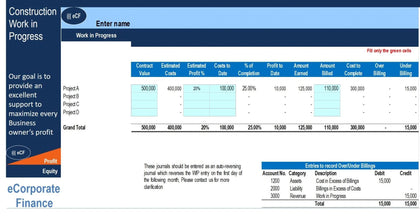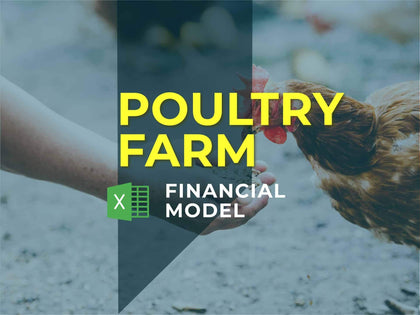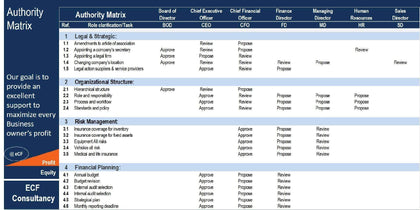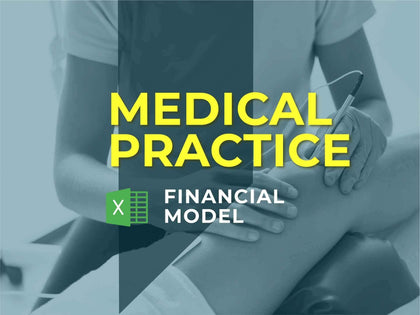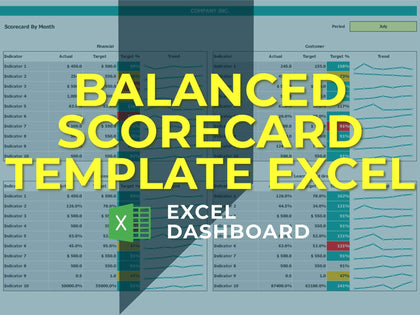Model Highlight
Creates 5-year ramen restaurant financial model in excel, pro forma p&l statement, financial statements, and financial ratios in GAAP or IFRS formats on the fly. Ramen Restaurant Financial Model Excel Template helps to estimate required startup costs. Unlocked - edit all - last updated in Sep 2020.
Model Overview
No matter where you are in the business development stage, a sophisticated financial projection model excel for the ramen restaurant will help you. Excel knowledge or financial planning experience is NOT required!
FINANCIAL MODEL ADVANTAGES
- Easily Forecast Cash Levels With Ramen Restaurant Three Statement Financial Model
- Track Your Spending And Staying Within Budget
- Document Your Ramen Restaurant Revenue Model
- Choose One Of 161 Currencies For Settlements
- Create An Employee Handbook
- Better Decision Making With Ramen Restaurant Financial Model Excel
- Prove You Can Pay Back The Loan You Requested
- Use 161 Currencies For Inputs And Outputs
RAMEN RESTAURANT THREE STATEMENT FINANCIAL MODEL TEMPLATE KEY FEATURES
Confidence in the future
Using our financial model, you can effectively plan, prevent risks, manage stocks and cash flows and foresee your prospects for the next 5 years.
Currency for inputs and denomination
Define any currency code or symbol and preferred denomination (e.g. 000s).
Saves you time
Allows you to spend less time on cash flow forecasting and more time on your products, customers and business development
Get a Robust, Powerful and Flexible Financial Model
This well-tested, robust and powerful Ramen Restaurant Financial Projection Model Excel is your solid foundation to plan a business model. Advanced users are free to expand and tailor all sheets as desired, to handle specific requirements or to get into greater detail.
Manage surplus cash
Most companies don't have excess cash in the bank. It is a well-known situation. But managing surplus cash for reinvestment in new market opportunities, or debt repayments can be essential to keeping stay in the business. Managers are entirely ready to plan for what to do with the cash surplus if they have the forecast of when and where the business will have surplus cash in the bank account. Pro Forma Cash Flow Projection will provide supplementary guidance on what to do with a cash surplus.
Simple and Incredibly Practical
Simple-to-use yet very sophisticated Ramen Restaurant Cash Flow Format In Excel. Whatever size and stage of development your business is, with minimal planning experience and very basic knowledge of Excel you can get complete and reliable results.
WHAT WILL I GET WITH RAMEN RESTAURANT CASHFLOW PROJECTION?
Benchmarks
A benchmarking study is usually used to evaluate a business's performance by focusing on one or more particular indicators and comparing them with similar indicators of other companies in the industry. In respect of the financial benchmarking study, these indicators could be profit margins, cost margins, cost per unit, productivity margins, or others. Later the company's performance indicators should be compared to that of other companies within the same industry. Benchmarking is a useful strategic management tool, which is essential for start-ups. Companies can evaluate any economic, business, or financial metric or process and compare them to the processes of 'best practice' companies within the same field or industry.
Costs
Our Ramen Restaurant Three Statement Financial Model has a well-developed methodology for creating a cost budget. You can plan and forecast your costs from operations and other expenses for up to 60 months. The cost budget has a detailed hiring plan while also automatically handling the expenses' accounting treatment. You can set salaries, job positions, and the time of hiring. Moreover, the model allows users to calculate hiring as the company scales automatically. Pre-built expense forecasting curves enable users to set how an expense changes over time. These pre-built options include % of revenues, % of salaries, % of any revenue category, growth (or decline) rates that stay the same or change over time, ongoing expenses, expenses that periodically reoccur, expenses that regularly change, and many more. Costs can be allocated to key expense areas and labeled for accounting treatment as SG&A, COGS, or CAPEX.
Top Revenue
The top line and bottom line are two of the most important lines on a company's proforma income statement. Investors and analysts pay special attention to the company's revenue and profits and carefully monitor any changes regarding these financial metrics from quarter to quarter and year to year. The top line of the p&l forecast refers to a company's revenues or gross sales. Therefore, when somebody says that the company has 'top-line growth,' it means that the company is experiencing an increase in gross sales or revenues, which should positively impact other company's financials and overall performance.
Cap Table
This capitalization table template is a useful tool for start-up companies and early-stage ventures that shows the detailed listing of the company's securities with the breakdown of investors' shares, value, and dilution over time.
Performance KPIs
Return on equity. The return on equity financial metric can be calculated based on the information both from the Balance Sheet and forecasted income statement. It measures the correspondence of earnings to the equity, i.e., the amount of money used to get profits.
Cash Flow KPIs
Cash balance. The cash balance shows the total amount of money in a financial account of the company. Any company needs to hold in reserve enough amount of cash to meet current obligations.
Operational KPIs
Our Ramen Restaurant Financial Model In Excel Template has various operational performance graphs that will help business owners manage their business' finances and measure their overall performance. These operational performance graphs also help in making wise business decisions that consider the company's financial capability. The financial graphs in this Ramen Restaurant 3 Way Financial Model help measure the company's financial health showing the operating cash flows' analysis, return on investment, debt to equity ratio, liquidity ratios, and other relevant financial information. Business owners can use these operational performance graphs both for internal and external purposes. In particular, they can use these graphs to assess the company's overall financial performance or for the assessment of the project's financial feasibility. Such an approach will improve the financial management efficiency of the company. Business owners can also use these charts and graphs for the presentations for potential investors and bankers. The operational performance graphs have all the necessary pre-built formulas, and they are fully formatted. So, the users can just print out them and bring for the meeting with investors.







































